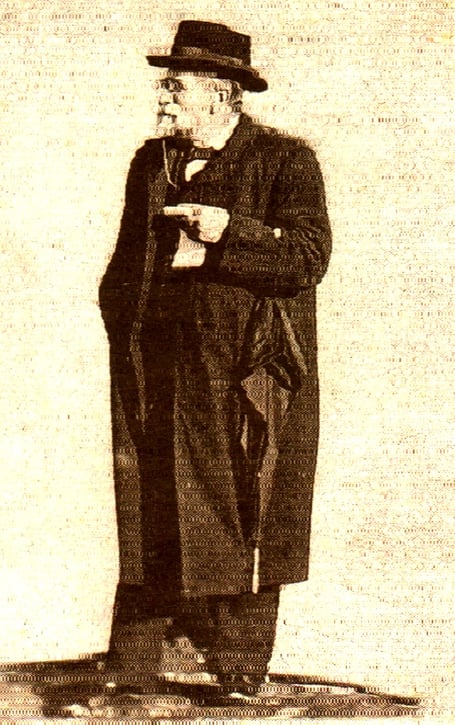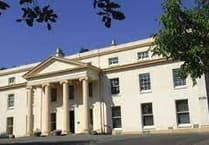James Fairweather (1846-1912) played a pivotal role in the life of Salcombe from the 1870s as a young man in his mid 20s for the rest of his life.
Born and educated in Salcombe, on leaving school aged 13, James went to sea and made several voyages to the Mediterranean on Salcombe schooners.
He was apprenticed to a Plymouth printing business and became foreman at a Bristol printing works.
Returning to Salcombe in 1872, James started his own printing and stationery business at Island Street, then at Ringmore House, before building 67 Fore Street in 1901.
He ran the business until selling it in 1906.
In 1879, James founded the Salcombe Times.
He was reporter, editor and publisher.
The newspaper provided him with a powerful platform to campaign for Salcombe to manage itself independently of Kingsbridge.
At that time, Kingsbridge Highway Board was responsible for Salcombe's streets and sanitation.
James successfully argued for the creation of a separate Salcombe Local Board to run these services.
He was duly appointed Clerk to the Salcombe Local Board, which evolved into Salcombe Urban District Council in 1894.
He remained Clerk until 1907, when he was elected to the Council.
In 1911, James was elected Council Chairman until his death on February 12 1912.
He was also busy on many local organisations to promote the welfare of the community, as well as being a Justice of the Peace.
Salcombe Urban District Council survived until 1974, when the Local Government Act replaced it with Salcombe Town Council, and its broader powers were transferred to the new South Hams District Council.
James Fairweather’s reforming activism was underpinned by lifelong religious belief - he was a Methodist preacher from the age of 19 and led Salcombe's Men's Bible Class at the Market Hall.
He realised the need for a bigger community space and the shortage of work opportunities in the town, and was elected president of the venture to build the Central Hall Institute.
It was crowdfunded (not a new concept) and opened with great fanfare in 1893.
Subsequently, the building was repurposed as the Council Hall in 1914 and is now home to the Maritime Museum and Information Centre.
James recognised, as shipbuilding declined and transport links improved, the future importance of what we call the visitor economy, off the shoulders of nature's bounty - the beautiful setting of Salcombe’s estuary, harbour and surrounding landscape.
He was the first to widely promote Salcombe as a healthy retreat from a rapidly industrialising, heavily populated, urban Britain - an unspoilt, invigorating destination, ideal for restorative sea air, scenic walks and reflection.
His trail-blazing guidebook “Salcombe and Neighbourhood” was published in 1884, updated by a second edition in 1897.
Just weeks before he died, James prepared an extended third edition, published posthumously in 1913.
James Fairweather was indeed a true champion of the Salcombe we know today.



.png?width=209&height=140&crop=209:145,smart&quality=75)

Comments
This article has no comments yet. Be the first to leave a comment.